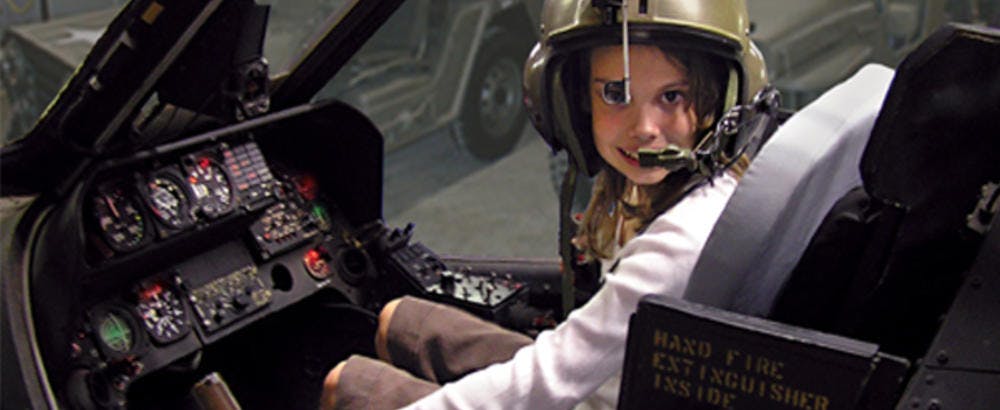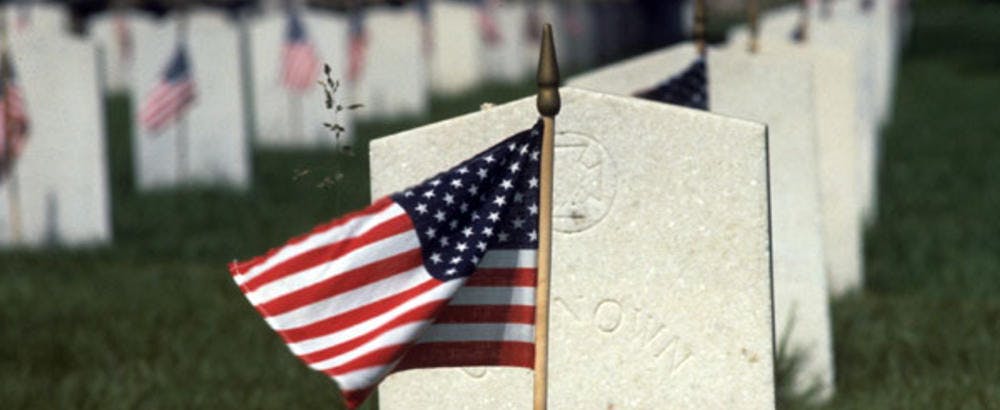Explore the city's history thanks to museums, battle sites, cemeteries and landmarks. Among the first stops on a history tour should be the History Museum on the Square, The Library Center and of the site of the very first shoot out, July 21, 1865, nested in between the two, Wild Bill Hickok Shootout.
Downtown Springfield also was the site of the Battle of Springfield in 1863 in which hundreds of soldiers fought and nearly 100 died. That battle is commemorated with a monument at the National Cemetery and a marker tour that begins north of the square near Founders Park and takes a circuitous route as far south as Maple Park Cemetery.

Other wars followed the Civil War and the Air & Military Museum of the Ozarks and Doughboy Military Collectibles are filled with a surprising plethora of informative artifacts. At the museum, you can see a helicopter, trucks, hats, helmets, patches, pins and thousands of other items from World War I, World War II, the Korean War, Vietnam, the Gulf War and current battles.
After that, a visit to the grave of soldier William Freeman at The Springfield National Cemetery provides a glimpse of the Revolutionary War that began in 1775. Little is known about Freeman who settled in the Ozarks after the fighting ended in 1783. He was buried on his farm and in 1908 his remains were transferred to the National Cemetery.

Visitors to the National Cemetery also can begin investigating the Civil War, a conflict from 1861-65. The cemetery, in fact, was established in 1867 to inter the Union soldiers who fell at the Battle of Wilson’s Creek near Springfield on Aug. 10, 1861.
In 1870, Confederate sympathizers established a cemetery on adjoining land – separated by a rock wall – for their Wilson’s Creek and Battle of Springfield dead. The two were joined under the authority of the federal government in 1914 and a gate cut in the wall that separated them.

It is the resting place of more than 2,000 Civil War soldiers buried along with more than 11,000 others who served the country in later years. Hundreds of graves marked with white stones set in precision formation impart a solemn reminder of how many people have served the country.
For more Civil War history, an outing to Wilson’s Creek National Battlefield educates about the second major battle of the Civil War. A lighted diorama shows how the battle was fought and a tour road loops through the battlefield. Kiosks and the Ray House, which served as a hospital during the battle, offer details about the battle. The Hulston Civil War Library features more than 5,500 volumes for research.














